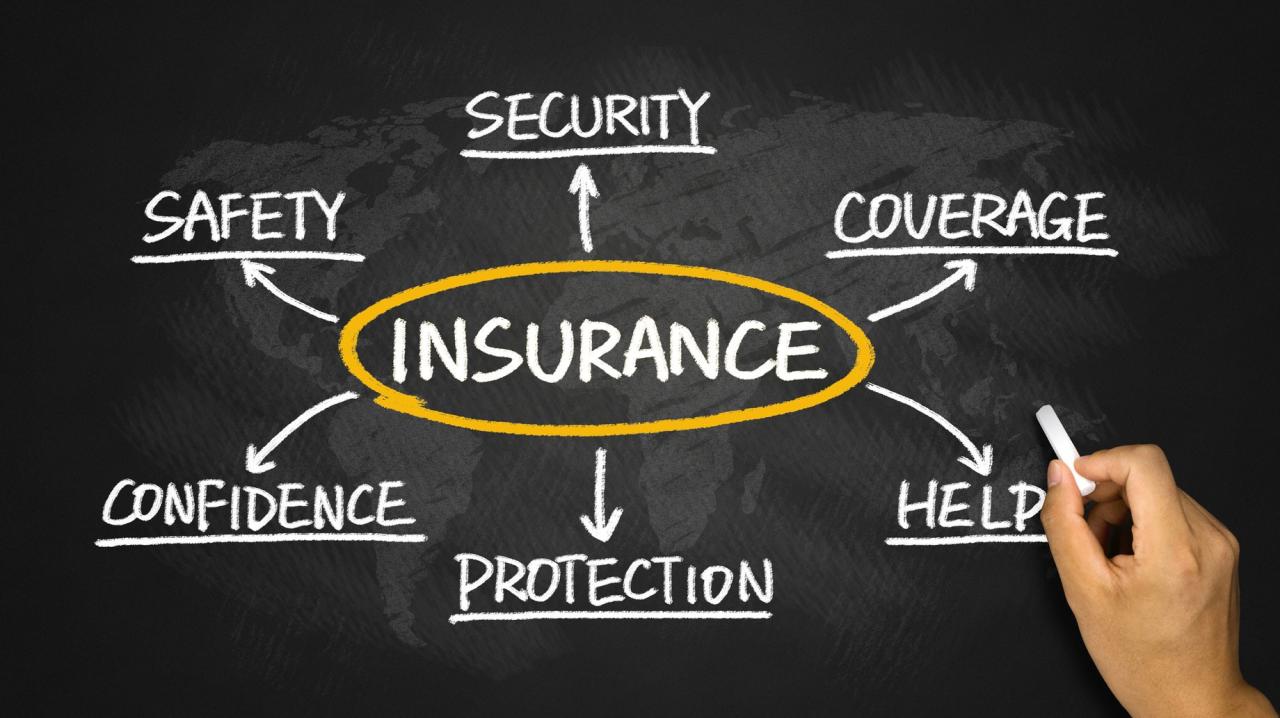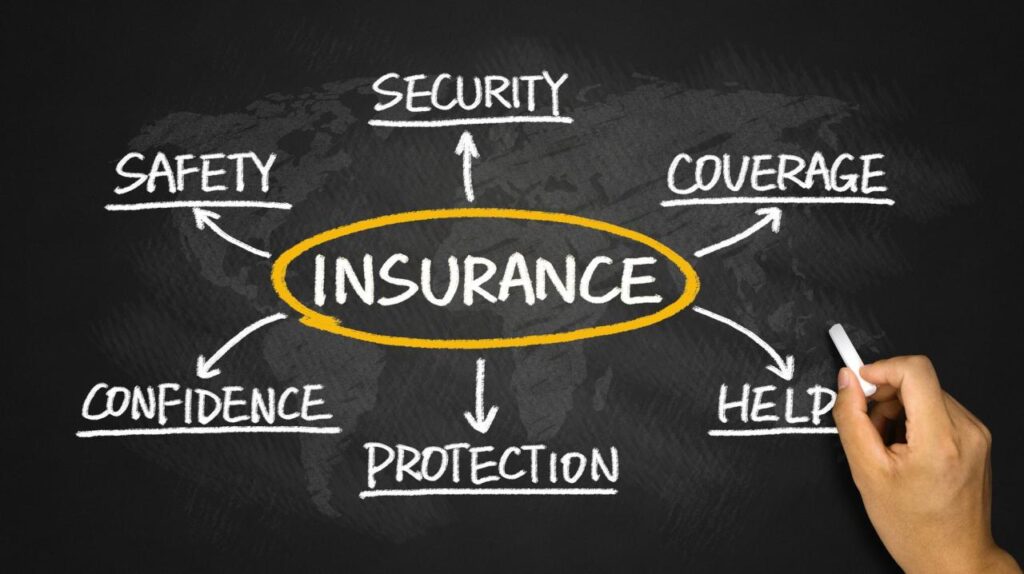Definition and Overview of D&O Insurance for Nonprofits
D&O insurance, also known as directors and officers liability insurance, is a type of insurance that protects nonprofit organizations, their directors, officers, and volunteers from personal liability for claims arising from their actions or decisions made while serving the organization.
D&O insurance provides coverage for a wide range of claims, including:
- Breach of fiduciary duty
- Mismanagement of funds
- Negligence
- Errors and omissions
- Wrongful termination
Types of D&O Insurance Policies
D&O insurance policies for nonprofits come in various types, each tailored to specific needs and risks. Understanding the different types available can help organizations choose the most appropriate coverage for their circumstances.
Occurrence-Based Policies
Occurrence-based policies provide coverage for claims arising from events that occur during the policy period, regardless of when the claim is made. This type of policy is suitable for organizations facing potential long-term liabilities, such as allegations of negligence or mismanagement.
Claims-Made Policies
Claims-made policies cover claims that are both made and reported during the policy period. This type of policy is more common and typically requires organizations to maintain continuous coverage to avoid gaps in protection.
Difference Between Occurrence-Based and Claims-Made Policies
The key difference between occurrence-based and claims-made policies lies in the timing of coverage. Occurrence-based policies cover events that occur during the policy period, while claims-made policies cover claims that are both made and reported during the policy period.
Common Exclusions in D&O Insurance Policies

D&O insurance policies for nonprofits typically include several common exclusions that limit the coverage provided. These exclusions are in place to manage risk and ensure that the policy is financially viable for the insurer.
Some of the most common exclusions in D&O insurance policies for nonprofits include:
Dishonest, Fraudulent, or Criminal Acts
- Coverage is excluded for any claims arising from dishonest, fraudulent, or criminal acts committed by the insured.
- This exclusion aims to prevent the policy from being used to cover intentional wrongdoing.
Personal Profit or Advantage
- Coverage is excluded for claims arising from actions taken by the insured for their personal profit or advantage.
- This exclusion prevents the policy from being used to cover self-dealing or conflicts of interest.
Bodily Injury or Property Damage
- Coverage is excluded for claims arising from bodily injury or property damage caused by the insured.
- This exclusion is typically included in D&O policies to avoid overlap with other insurance policies, such as general liability insurance.
Employment-Related Claims
- Coverage is excluded for claims arising from employment-related matters, such as wrongful termination, discrimination, or harassment.
- These claims are typically covered under separate employment practices liability insurance policies.
Prior Knowledge
- Coverage is excluded for claims arising from events or circumstances that the insured knew about or should have known about before the policy was issued.
- This exclusion prevents the policy from being used to cover pre-existing conditions.
Factors Affecting D&O Insurance Premiums
Premiums for D&O insurance for nonprofits are determined by various factors that assess the risk exposure of the organization. Understanding these factors can help nonprofits optimize their coverage and manage insurance costs effectively.
- Organization Size and Complexity: Larger and more complex organizations with a broader scope of operations typically face higher premiums due to increased potential for errors and omissions.
- Financial Stability: Nonprofits with strong financial performance and a healthy balance sheet are generally perceived as lower risk and may qualify for lower premiums.
- Claims History: A history of prior claims or legal actions can significantly increase premiums as insurers view the organization as having a higher likelihood of future claims.
- Board Composition and Governance: Nonprofits with experienced and qualified board members and strong governance practices are considered less risky and may be eligible for lower premiums.
- Industry and Mission: The industry in which the nonprofit operates and its specific mission can influence premiums. Organizations involved in high-risk activities or with controversial missions may face higher premiums.
- Insurance Market Conditions: The overall insurance market conditions, including the availability of coverage and the number of insurers offering D&O insurance, can impact premiums.
By carefully considering these factors, nonprofits can proactively mitigate risks, improve their insurance profile, and potentially reduce their D&O insurance premiums.
Best Practices for Nonprofits in Managing D&O Insurance
Nonprofits can effectively manage their D&O insurance by implementing best practices that ensure adequate coverage, favorable premiums, and efficient claims handling.
To obtain adequate coverage, nonprofits should:
- Conduct a thorough risk assessment to identify potential exposures and determine appropriate coverage limits.
- Review the policy language carefully to understand the scope of coverage and any exclusions or limitations.
- Consider purchasing additional coverage, such as employment practices liability insurance, to address specific risks.
Negotiating Premiums
Nonprofits can negotiate favorable premiums by:
- Maintaining a strong financial position and demonstrating sound risk management practices.
- Shopping around and comparing quotes from multiple insurers.
- Negotiating with insurers based on the nonprofit’s specific circumstances and risk profile.
Handling Claims
In the event of a claim, nonprofits should:
- Notify the insurer promptly and provide all relevant information.
- Cooperate fully with the insurer’s investigation and defense efforts.
- Consider retaining independent counsel to protect the nonprofit’s interests.
Case Studies and Examples of D&O Insurance in Action
D&O insurance has been instrumental in protecting nonprofits and their directors and officers from financial losses in various scenarios. Here are some notable case studies and examples:
Example 1: Defense Costs Coverage
A nonprofit organization faced a lawsuit alleging mismanagement of funds. The D&O insurance policy covered the legal defense costs, including attorney fees and expert witness fees, allowing the organization to defend itself against the claims without depleting its assets.
Example 2: Settlement Agreement
A nonprofit’s director was accused of breach of fiduciary duty. The D&O insurance policy provided coverage for the settlement agreement reached with the plaintiff, preventing the director from having to pay out of pocket and preserving the organization’s financial stability.
Lesson Learned: D&O insurance can provide a safety net for nonprofits and their leaders, protecting them from financial liability and allowing them to focus on their mission without undue financial burden.





